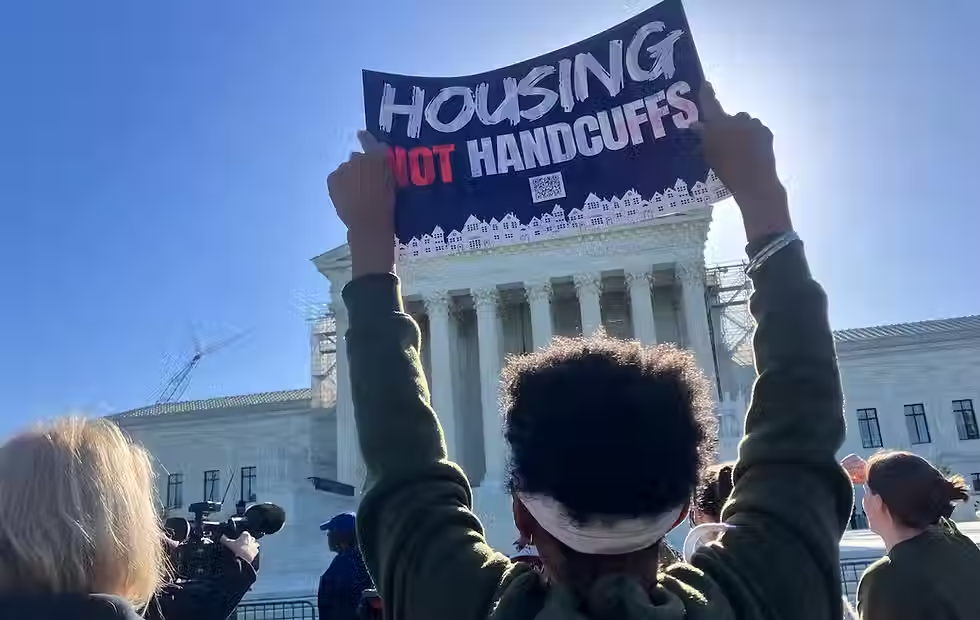Policy, Power, and Precedent: Analyzing Trump’s Public Charge Rule and Birthright Citizenship Executive Order
- Amanda Findley

- May 1
- 3 min read

Introduction
There are legal challenges to every mandate, law, and amendment made. Today, I’ll be focusing on Trump’s Public Charge Rule in his 2019 administration and comparing it to the Birthright Citizenship Executive Order in his current administration. Both ideas are in an effort to make it harder for immigrants and their families to obtain citizenship. But how are they different?
Trump’s 2019 Public Charge rule broadened the definition of “public charge” to be any immigrant on Federal Assistance, whether it's through Supplemental Nutrition Assistance Program (SNAP), housing, etc, to be deemed inadequate for citizenship as they are seen as no real benefit to society. The proposed Birthright Citizenship Order ends birthright citizenship for children of undocumented immigrants and for people with temporary status in the U.S., I argue that the current Birthright Citizenship Executive Order is another attempt to create a greater inadmissibility standard, as Trump has clearly stated in the past with the Public Charge Rule.
What is the 2019 Public Charge Rule?
To create a deeper understanding of Trump’s efforts, we must look at the beginning. In 2019, when Donald Trump was serving his first term, he created what was known as the “Public Charge Rule.” This rule consisted of an investigation into individuals seeking citizenship: life history, and job prospects, and if they had received federally assisted programs in the past while giving full authority to the U.S. Citizenship and Immigration Services (USCIS) to decide whether the applicant was admissible or not. “The Trump administration estimates about 380,000 applicants nationwide may face additional scrutiny under the new rule.” Living in the United States is known to be the “American Dream,” yet the government’s provided federally funded program is used against you when you want to fulfill that dream. This rule seems to be punishing immigrants who have dropped their whole lives in efforts to make a new one due to the fact they are not seen as an “asset” to the economy.
Constitutionality of 2019’s Public Charge Rule
The 2019 Public Charge Rule sparked a lawsuit: New York v. Trump due to the fact that the rule violated the federal Administrative Procedure Act and the Constitution. The main concern for this case was the constitutionality of discrimination based on disability, race, and income. New York argued that “the rule fundamentally misunderstands that these non-cash programs are designed to help immigrants who arrive in this country with limited means move out of poverty and achieve upward mobility.” These efforts of New York were unsuccessful in this case, however, the rule stopped applying in March 2021 under the Biden administration.
Trump’s 2025 Executive Order
On January 20th, 2025, Trump’s executive order labeled “Protecting the Meaning and Value of American Citizenship” ended birthright citizenship for children born in the United States to parents with green cards of permanent residence, temporary visa, and undocumented. This executive order was another attempt to narrow admissibility standards. It argues that the Fourteenth Amendment has been interpreted wrong since “the privilege of United States citizenship does not automatically extend to persons born in the United States.” According to a 2016 Statistic, “1.3 million children live with two parents who are both unauthorized.” If someone born in the United States is technically not a citizen because of parental circumstances, what does being considered “American” really mean? Given this executive order, millions of children will be without citizenship in any country, creating a sense of alienation wherever they go.
Admissibility Standards in Different Fonts
Are Trump’s Policies the same idea with different labels on them? The answer is yes. He has made it clear that strict scrutiny must be applied to immigration law, through the Public Charge Rule, the Birthright Citizenship Executive Order, and many more legislative actions, to make it more difficult to become admissible. It can be argued that strict scrutiny is used to protect America’s security; however, the policies have disproportionate impacts.
Conclusion
The majority who have suffered from Trump’s actions are the disabled community, who have no choice but to rely on federally funded assistance because of their physical limits, low-income individuals who have come here in efforts for a better life, and the babies who were born in the United States without choice, and many more from special circumstances. From this article, I hope to effectively display that narrowing admissibility standards punishes immigrants who have come here in hopes of better lives all in fact of their lack of “asset” or “worthiness” to the “Meaning and Value of American Citizenship.”
Image Source: PBS News





Comments